Here is a memo of Linux workstation administration FAQs
Add new hard disk
Find new disk to setup
$ sudo fdisk -l
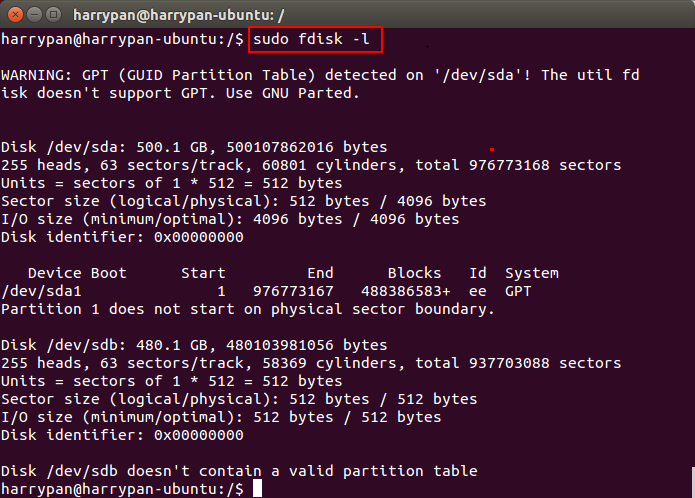
Create extend/logical partition
Command: n -> e -> enter (default) -> enter (default)
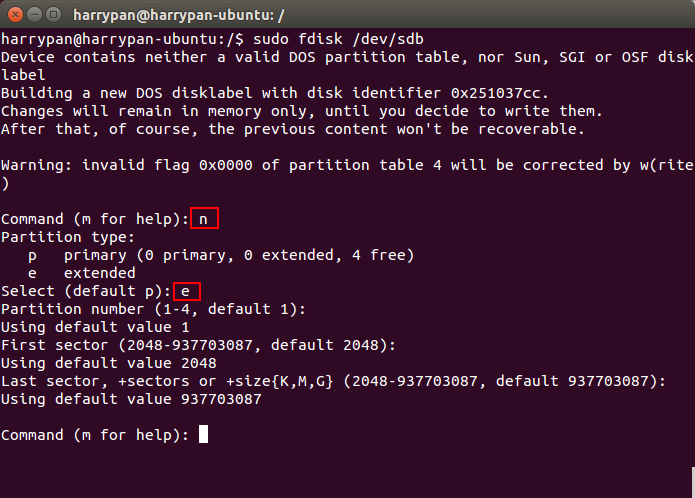
Command: n -> l -> enter (default) -> enter (default)
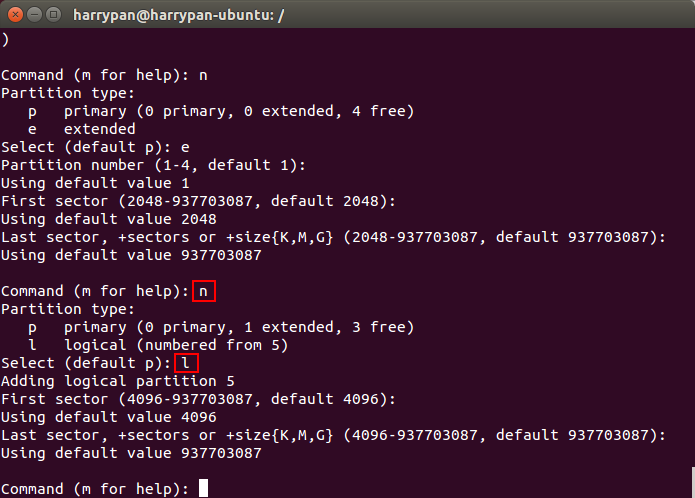
Exame then write partition table to disk
Command: p (print) -> w (write)
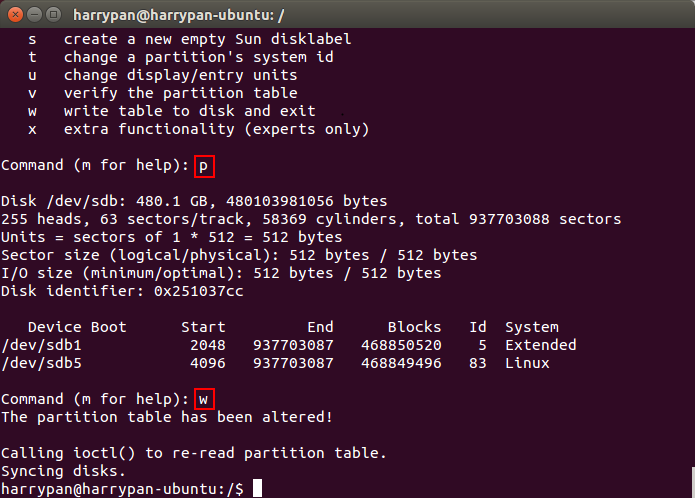
Format new disk to ext4
$ sudo mkfs.ext4 /dev/sdb5 # Notice! change sdb to sdX depend on your case
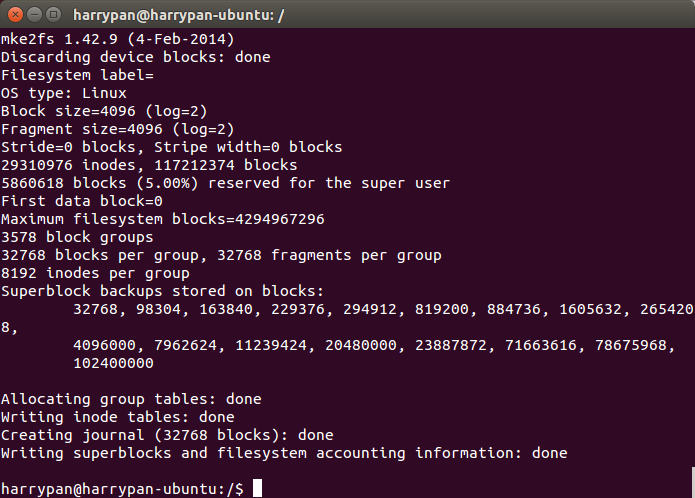
Mount new disk
$ mkdir -p /mydisk
$ chmod 777 /mydisk
$ mount -t ext4 /dev/sdb5 /mydisk
Add disk into fstab by UUID
$ sudo blkid
$ sudo vim /etc/fstab # add 128-bit UUID of /dev/sdb5 into last line
$ tail -n 1 /etc/fstab
UUID=a1cf9f6e-dxxxx-xxxx-xxxx-xxxxxxx1eccf /mydisk ext4 errors=remount-ro 0 1

Evaluate disk I/O performance
read benchmark
$ sudo hdparm -Tt /dev/sdb
/dev/sdb:
Timing cached reads: 30414 MB in 1.99 seconds = 15289.37 MB/sec
Timing buffered disk reads: 1046 MB in 3.00 seconds = 348.23 MB/sec
$ sudo hdparm -Tt --direct /dev/sdb
/dev/sdb:
Timing O_DIRECT cached reads: 996 MB in 2.00 seconds = 497.87 MB/sec
Timing O_DIRECT disk reads: 1444 MB in 3.00 seconds = 480.71 MB/sec
The -T is for cached read test while -t is for buffered read. Second example with –direct which means assigned O_DIRECT flag in test
write benchmark
$ dd if=/dev/zero of=/tmp/output conv=fdatasync bs=4k count=1M; rm -f /tmp/outut
1048576+0 records in
1048576+0 records out
4294967296 bytes (4.3 GB) copied, 32.0625 s, 134 MB/s
$ dd if=/dev/zero of=/ssd/output conv=fdatasync bs=4k count=1M; rm -f /ssd/output
1048576+0 records in
1048576+0 records out
4294967296 bytes (4.3 GB) copied, 8.62645 s, 498 MB/s
First example I tested my system disk whick is 3.5” HDD, while second one I tested on SSD.